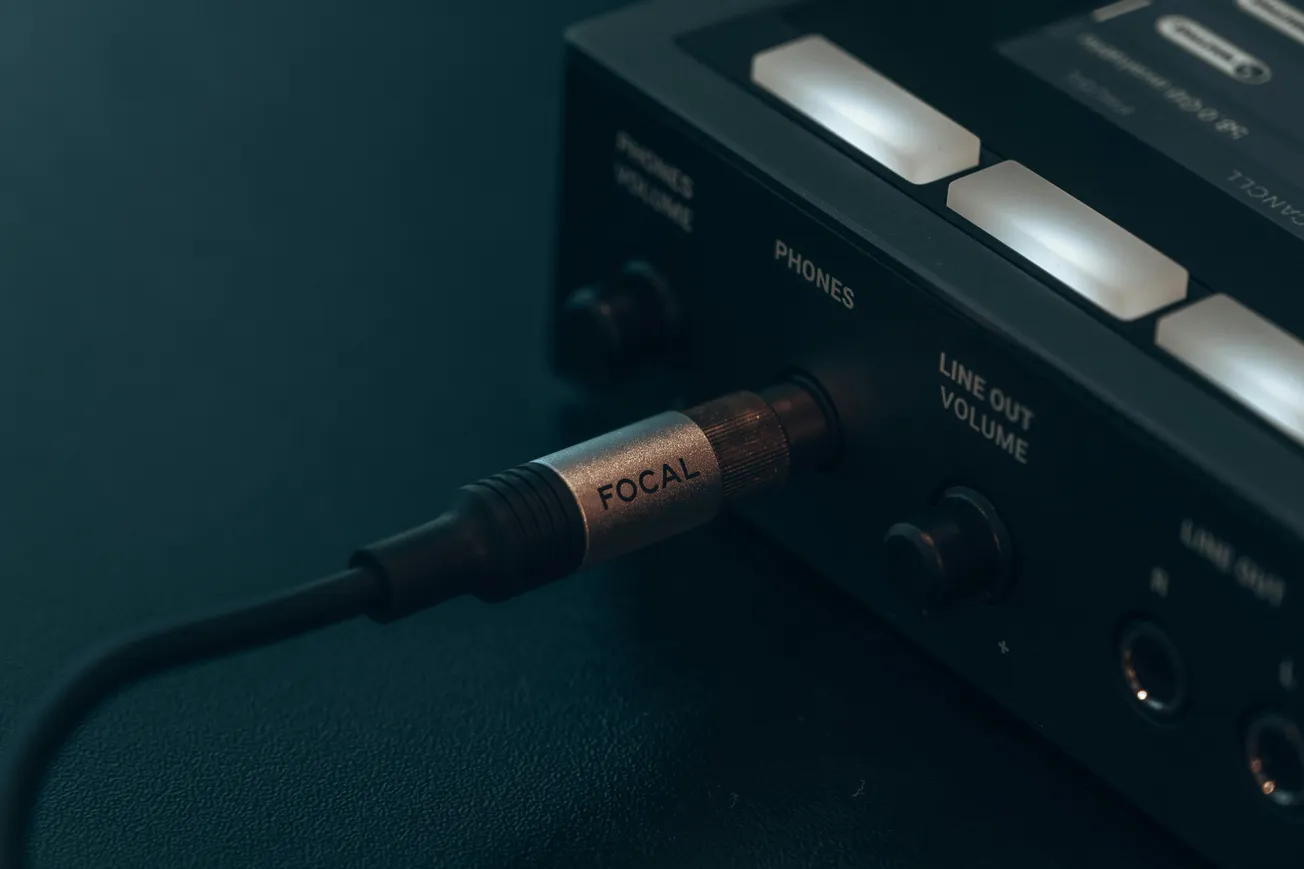If your home studio or podcast setup is feeling crowded, the digital interface standard ADAT Lightpipe—often simply called ADAT—offers a cost‑effective way to add many more inputs and outputs without replacing your entire interface. According to a recent discussion in Sound On Sound, despite being over 30 years old, ADAT remains one of the most practical expansion paths for creators.
At its core, ADAT uses an optical “Lightpipe” connection (Toslink style) to send up to 8 channels of digital audio at 44.1 kHz or 48 kHz.
In practice, that means you can connect your existing interface’s ADAT input to an external mic‑preamp or converter with ADAT output and instantly gain more mic channels or line‑ins for remote guests, multiple mics, or simultaneous recording tracks.
For example, a solo podcast setup could expand into multi‑mic interviews without upgrading the primary interface.
Here’s how creators should think about it:
- Check compatibility: Ensure your audio interface has an ADAT input or output, and your external device supports ADAT expansion.
- Match sample rate & clocking: ADAT is sensitive to timing. Ensure both units run at the same sample rate and use proper clocking to avoid clicks or drift.
- Plan channel counts: ADAT offers 8 channels at standard rates, but if you’re recording at higher sample rates (e.g., 96 kHz), the channel count may reduce (often to 4).
- Future‑proofing: As your content evolves (e.g., multi‑guest video podcasts or music collaborations), ADAT gives flexibility without a full gear overhaul.
For creators and small‑business podcast brands, this means you can scale your production workflow affordably: add more mic inputs, upgrade treatment, integrate richer remote setups—all while preserving the core interface you already know.
Instead of replacing gear when you hit an input limit, expand smartly with ADAT. In doing so, you’re investing in workflow scalability—not just “more gear”.









